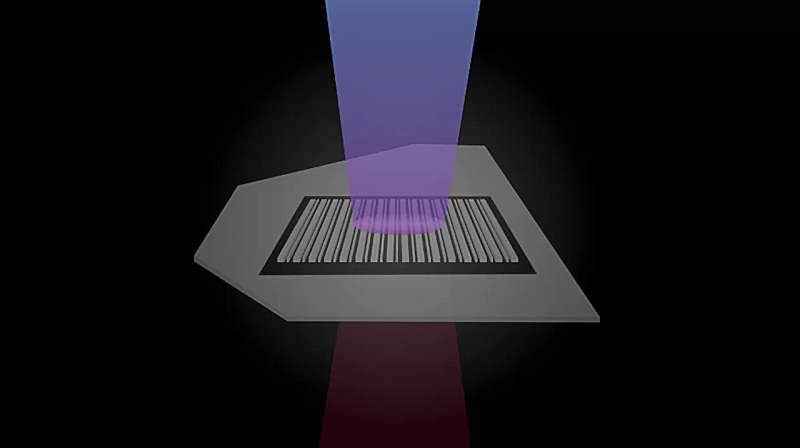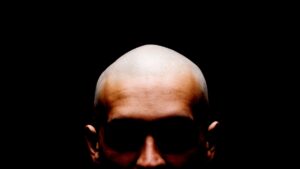
A team of engineers at Columbia University has made significant strides in quantum technology by developing nanoscale metasurfaces that enhance nonlinear optical effects. This breakthrough, documented in a paper published in October 2025 in Nature Photonics, allows for improved photon generation essential for advancing quantum computing.
Innovative Techniques for Photon Generation
Under the guidance of Jim Schuck, a professor of mechanical engineering, the research team previously created entangled photon pairs using a crystalline device just 3.4 micrometers thick. The recent research introduces metasurfaces—artificial geometries etched into ultrathin 2D crystals—to enhance the efficiency of optical processes down to just 160 nanometers.
Chiara Trovatello, the corresponding author and an assistant professor at Politecnico di Milano, emphasized the importance of their findings. “We’ve established a successful recipe to pattern ultrathin crystals at the nanoscale to enhance nonlinearity while maintaining their sub-wavelength thickness,” she stated.
The team focused on transition metal dichalcogenides (TMDs), specifically molybdenum disulfide, which can be layered into atom-thin sheets. These materials, while exhibiting considerable nonlinearity, previously struggled to generate new frequency photons as effectively as conventional nonlinear crystals, like those used in laser pointers. Trovatello explained the critical difference: “For quantum technologies, size becomes crucial.” Current qubit sources require extensive space, making scalability a challenge.
Advancing Quantum Technologies with Enhanced Nonlinearity
In their earlier work published in January 2025, the team utilized periodic poling to optimize photon generation. This involved layering TMDs in alternating directions to maximize optical output. The latest study complements this by detailing how etched metasurfaces can significantly enhance optical performance.
Zhi Hao Peng, a Ph.D. student and the paper’s first author, developed a simple yet effective nanofabrication technique to create these metasurfaces. By etching repeating lines onto molybdenum disulfide, the team achieved an enhancement in second-harmonic generation by nearly 150 times compared to unpatterned samples. This process involves merging two photons into one with double the frequency and half the wavelength of the original light particles.
Looking ahead, the team plans to reverse the process, aiming to split a single photon into two entangled photons. Notably, Peng’s method simplifies production, making it less costly and easier compared to previous techniques. Schuck noted the legacy challenges with nonlinear crystals, stating, “Peng figured out a technique that is deceptively simple.” This simplification allows for more complex patterns using standard cleanroom etching technologies.
The team’s theoretical collaborators, Andrea Alu from the CUNY Advanced Science Research Center and former postdoctoral researcher Michele Cortufo, contributed valuable insights into the metasurface pattern required to enhance the nonlinear response effectively. “We showed that such nontrivial behavior can be obtained with a remarkably simple modification to the sample,” Cortufo noted.
As metasurfaces have gained traction in the photonics field, this research marks one of the first instances of effectively combining them with 2D crystals to achieve such powerful results. Alu remarked, “This work demonstrates how engineered nonlocalities in metasurfaces can unlock unprecedented nonlinear efficiencies when combined with 2D materials.”
The resulting light operates at telecommunications-range wavelengths, facilitating integration with existing networks and devices. Schuck concluded, “This could be one of the most compact sources of entangled photons at that wavelength range. With our footprint, we can really start to think about fully on-chip quantum photonics.”
For further details on this groundbreaking research, refer to the published study: Zhi Hao Peng et al, “3R-stacked transition metal dichalcogenide non-local metasurface for efficient second-harmonic generation,” Nature Photonics (2025). DOI: 10.1038/s41566-025-01781-3.







